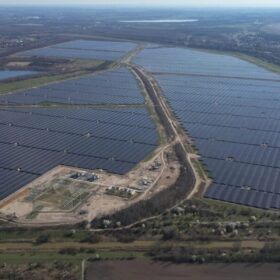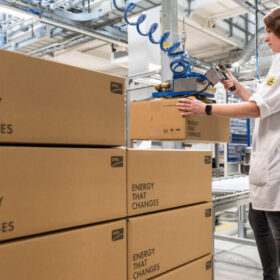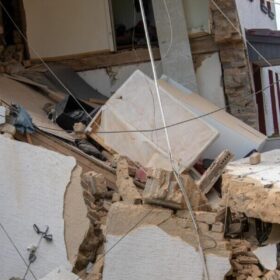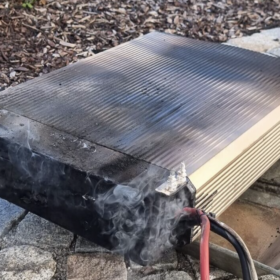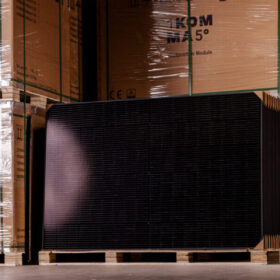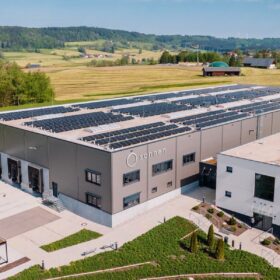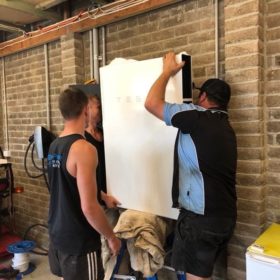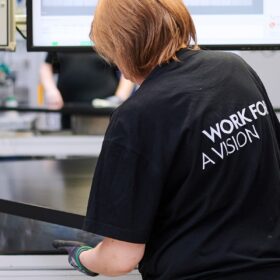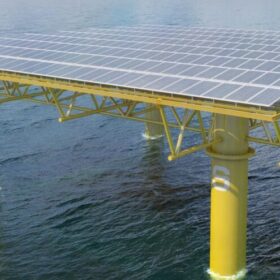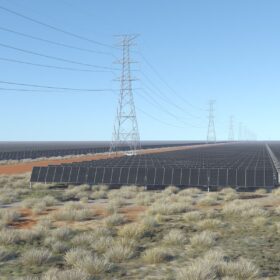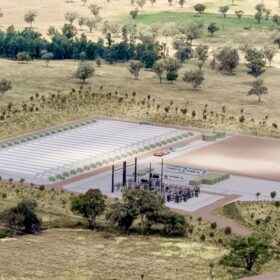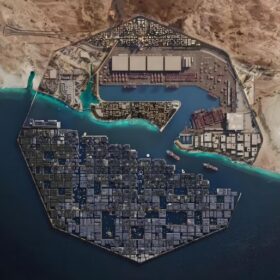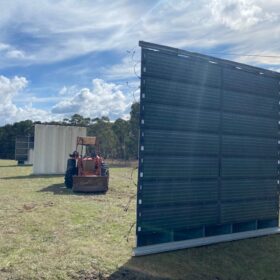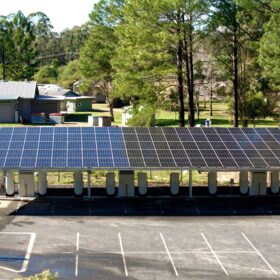PV industry faces consolidation says JinkoSolar
JinkoSolar has begun converting its production to n-type tunnel oxide passivated contact (TOPCon) products to stay competitive, says Frank Niendorf, the company’s general manager for Europe. He predicts that several market players in the value chain will exit the market soon.
Europe’s largest PV plant goes online
German investment firm Hansainvest Real Assets has switched on Europe’s largest solar plant – a 605 MW installation in Germany’s Saxony region. The project spans 500 hectares and operates under a power purchase agreement th Shell Energy Europe.
SMA to build 3.5 GW inverter factory in US
SMA Solar Technology AG says it will open a new 3.5 GW inverter factory at an unspecified location in the United States in 2025. The German manufacturer is currently talking with several US states and potential partners to select the best production site.
Investigators still uncertain about cause of 30 kWh battery explosion in Germany
A lithium iron phosphate (LFP) battery system recently exploded in a home in central Germany, preventing police and insurance investigators from entering due to the high risk of collapse. The explosion may have been preceded by off-gassing, but it remains unclear whether an external ignition source was the cause. Some scientists say thermal runaway may have triggered the blast.
Germany, Austria hit by multiple solar battery fires linked to LG
pv magazine has learned that five solar-related fires in Germany and Austria occurred in late September. Photographs show that two of the blazes were likely caused by residential batteries manufactured by LG.
1Komma5° announces TOPCon solar module factory in Germany
1Komma5° says it plans to start production at a new TOPCon solar module factory in Germany from next year. The Hamburg-based startup aims to achieve an annual production capacity of 1 GW, with further expansion targets set to reach 5 GW by the year 2030.
Shell looking to sell Sonnen
Shell, which acquired Sonnen four years ago, is now actively seeking a majority shareholder for the Germany storage system specialist.
Consumer group debunks residential battery misconceptions
A German consumer protection association, Verbraucherzentrale NRW, has issued a warning about five misleading assumptions about PV-linked residential battery systems.
Meyer Burger shifting focus to US market
Switzerland-based manufacturer Meyer Burger is now prioritising the establishment of new module and cell production facilities in the United States, driven by favourable market conditions in the country.
Offshore floating PV demonstrator to go online in North Sea
The SeaVolt consortium says it will launch an offshore floating PV demonstrator off the Belgian port of Ostend. The main companies – Tractebel, DEME, Equans and Jan De Nul – say the anchored floating array will collect data for at least a year to scale up the tech.


